Solidity Programming Essentials. A guide to building smart contracts and tokens using the widely used Solidity language - Second Edition Ritesh Modi
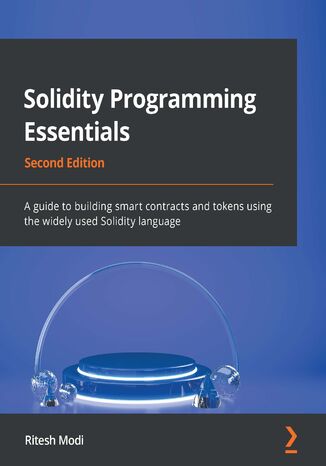



- Autor:
- Ritesh Modi
- Wydawnictwo:
- Packt Publishing
- Ocena:
- Stron:
- 412
- Dostępne formaty:
-
PDFePub
Opis
książki
:
Solidity Programming Essentials. A guide to building smart contracts and tokens using the widely used Solidity language - Second Edition
The book starts with step-by-step instructions for the installation of multiple tools and private blockchain, along with foundational concepts such as variables, data types, and programming constructs. You’ll then explore contracts based on an object-oriented paradigm, including the usage of constructors, interfaces, libraries, and abstract contracts. The following chapters help you get to grips with testing and debugging smart contracts. As you advance, you’ll learn about advanced concepts like assembly programming, advanced interfaces, usage of recovery, and error handling using try-catch blocks. You’ll also explore multiple design patterns for smart contracts alongside developing secure smart contracts, as well as gain a solid understanding of writing upgradable smart concepts and data modeling. Finally, you’ll discover how to create your own ERC20 and NFT tokens from scratch.
By the end of this book, you will be able to write, deploy, and test smart contracts in Ethereum.
Wybrane bestsellery
Ritesh Modi - pozostałe książki
Packt Publishing - inne książki
Dzięki opcji "Druk na żądanie" do sprzedaży wracają tytuły Grupy Helion, które cieszyły sie dużym zainteresowaniem, a których nakład został wyprzedany.
Dla naszych Czytelników wydrukowaliśmy dodatkową pulę egzemplarzy w technice druku cyfrowego.
Co powinieneś wiedzieć o usłudze "Druk na żądanie":
- usługa obejmuje tylko widoczną poniżej listę tytułów, którą na bieżąco aktualizujemy;
- cena książki może być wyższa od początkowej ceny detalicznej, co jest spowodowane kosztami druku cyfrowego (wyższymi niż koszty tradycyjnego druku offsetowego). Obowiązująca cena jest zawsze podawana na stronie WWW książki;
- zawartość książki wraz z dodatkami (płyta CD, DVD) odpowiada jej pierwotnemu wydaniu i jest w pełni komplementarna;
- usługa nie obejmuje książek w kolorze.
Masz pytanie o konkretny tytuł? Napisz do nas: sklep@helion.pl
Książka drukowana



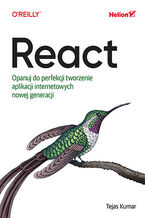

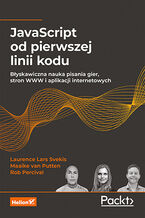
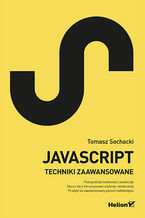
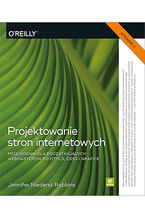
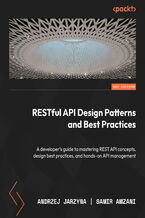

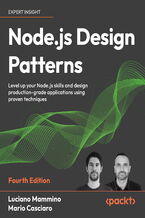
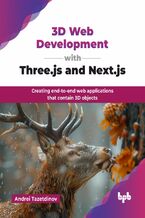
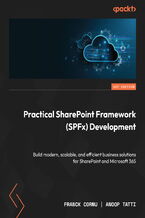

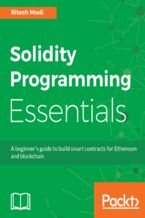
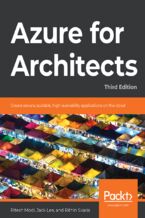
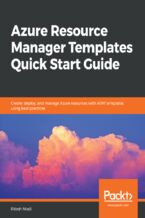
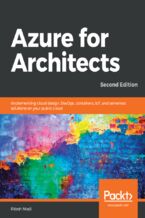
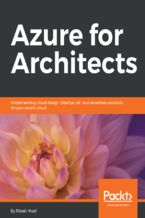
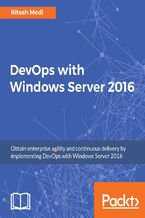





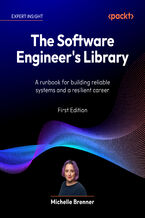
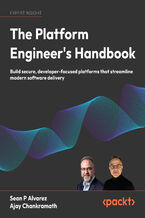

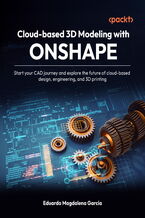
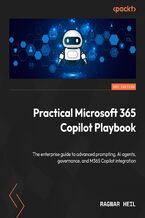
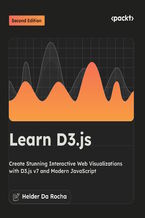
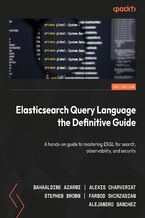
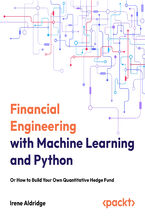
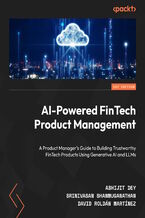




Oceny i opinie klientów: Solidity Programming Essentials. A guide to building smart contracts and tokens using the widely used Solidity language - Second Edition Ritesh Modi
(0)